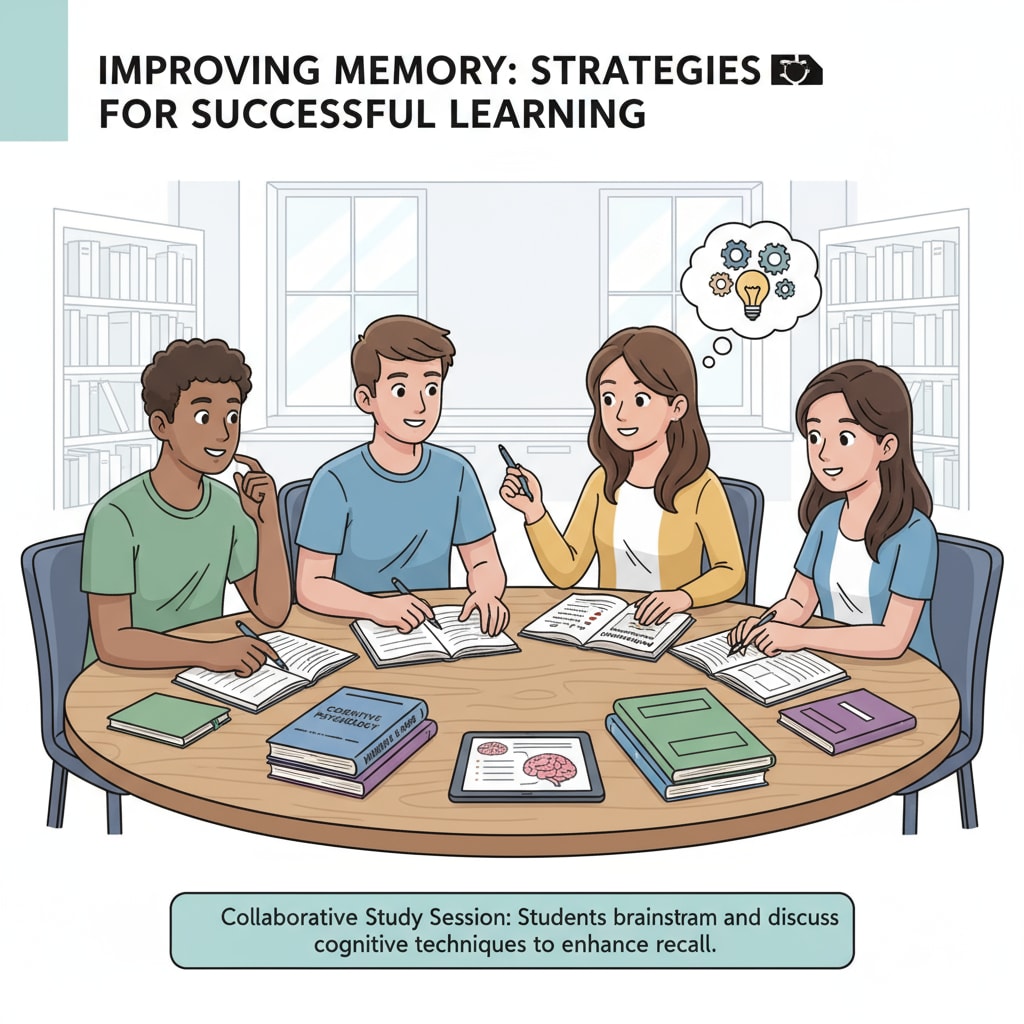The concept of photographic memory, memory enhancement, and memory development has long fascinated both scientists and the general public. We often hear stories of individuals with seemingly superhuman memory abilities, leading us to wonder if achieving a near-perfect memory is within our reach. In this article, we will explore the truth behind photographic memory, the possibilities of enhancing our memory, and how K12 students can develop this crucial cognitive skill.

The Enigma of Photographic Memory
Photographic memory, also known as eidetic memory, refers to the ability to recall visual information with extreme precision, as if one were looking at a photograph. Wikipedia’s entry on eidetic memory explains that while the idea of photographic memory has captured our imagination, true cases of this phenomenon are extremely rare. In fact, most claims of photographic memory are likely exaggerations or misunderstandings of normal memory processes.
The Science of Memory Enhancement
Although achieving a true photographic memory might be a stretch, there is good news when it comes to memory enhancement. Our brains have a remarkable ability to adapt and change, a process known as neuroplasticity. Through various techniques and strategies, we can improve our memory. For example, engaging in regular physical exercise, getting enough sleep, and maintaining a healthy diet can all contribute to better brain function and memory retention. Britannica’s article on memory psychology provides in-depth insights into the scientific aspects of memory.

Memory Development for K12 Students
K12 students are at a crucial stage of memory development. Teachers and parents can play a vital role in helping them cultivate strong memory skills. One effective strategy is to encourage active learning. Instead of rote memorization, students should be engaged in activities that require them to understand and apply information. Additionally, using mnemonic devices, such as acronyms or visual associations, can make it easier for students to remember complex information.
In conclusion, while the idea of a photographic memory remains largely a myth, the possibilities for memory enhancement and memory development are very real. By understanding the science behind memory and implementing effective strategies, we can all improve our memory capabilities, especially during the formative years of K12 education.
Readability guidance: This article uses short paragraphs and lists to summarize key points. Each H2 section provides useful information. The use of passive voice and long sentences is controlled, and transition words are scattered throughout to enhance readability.


